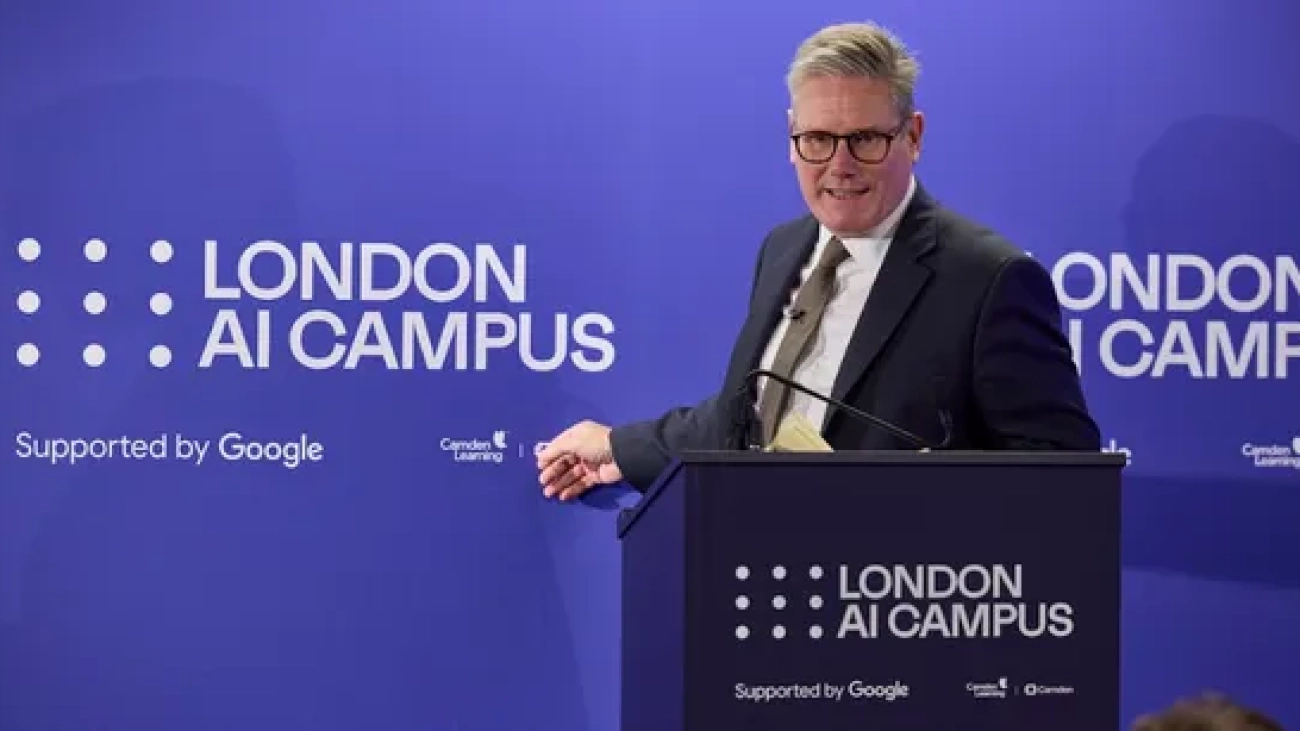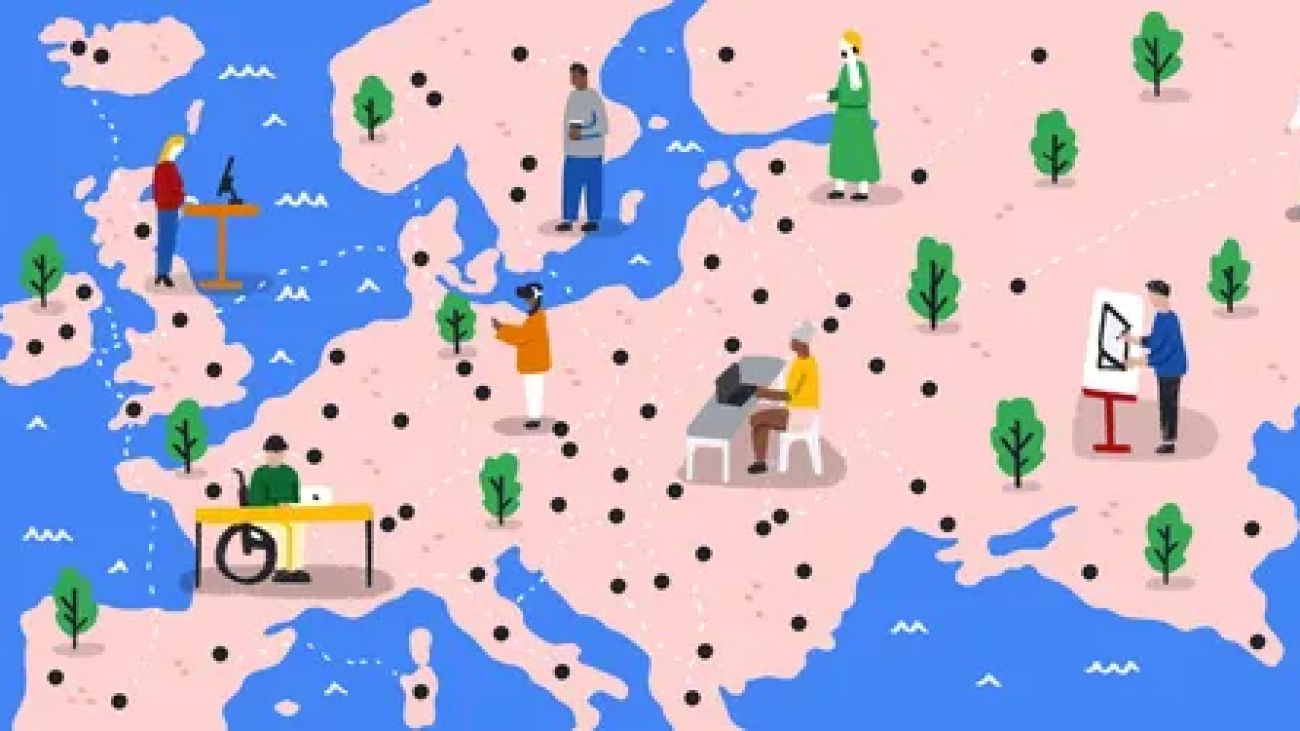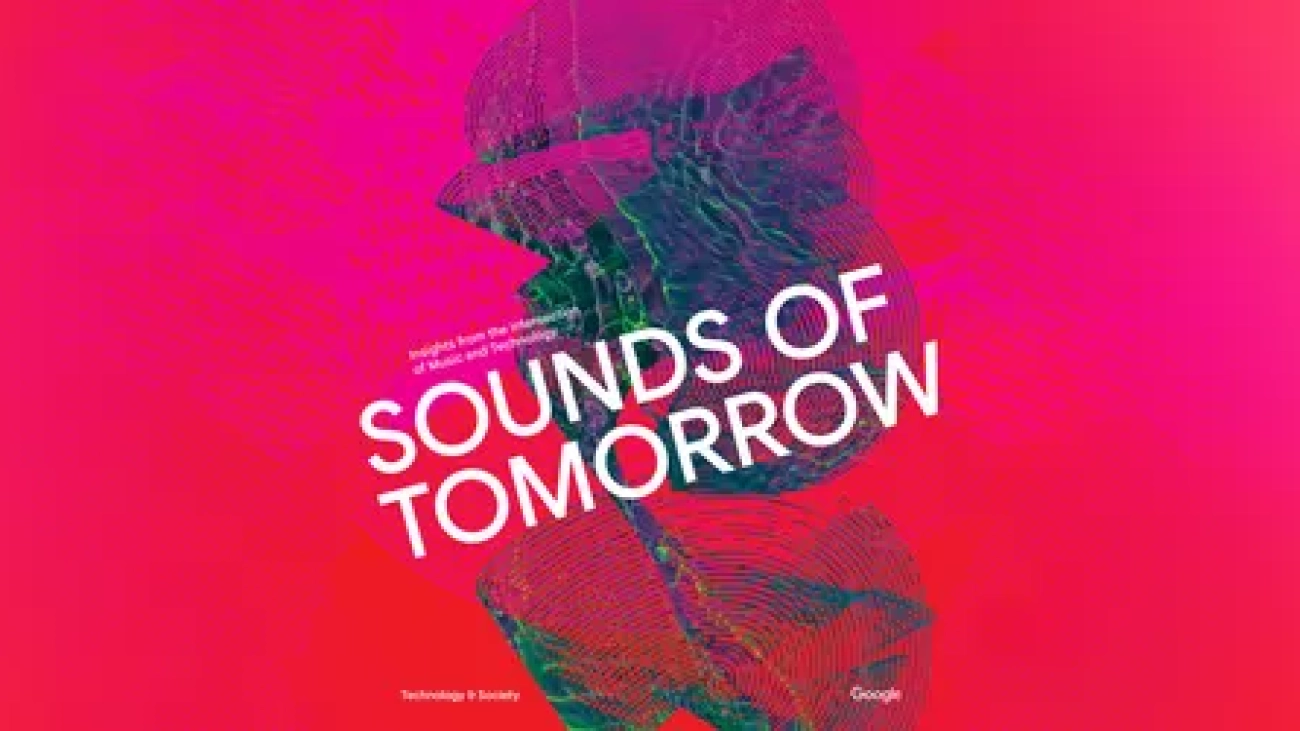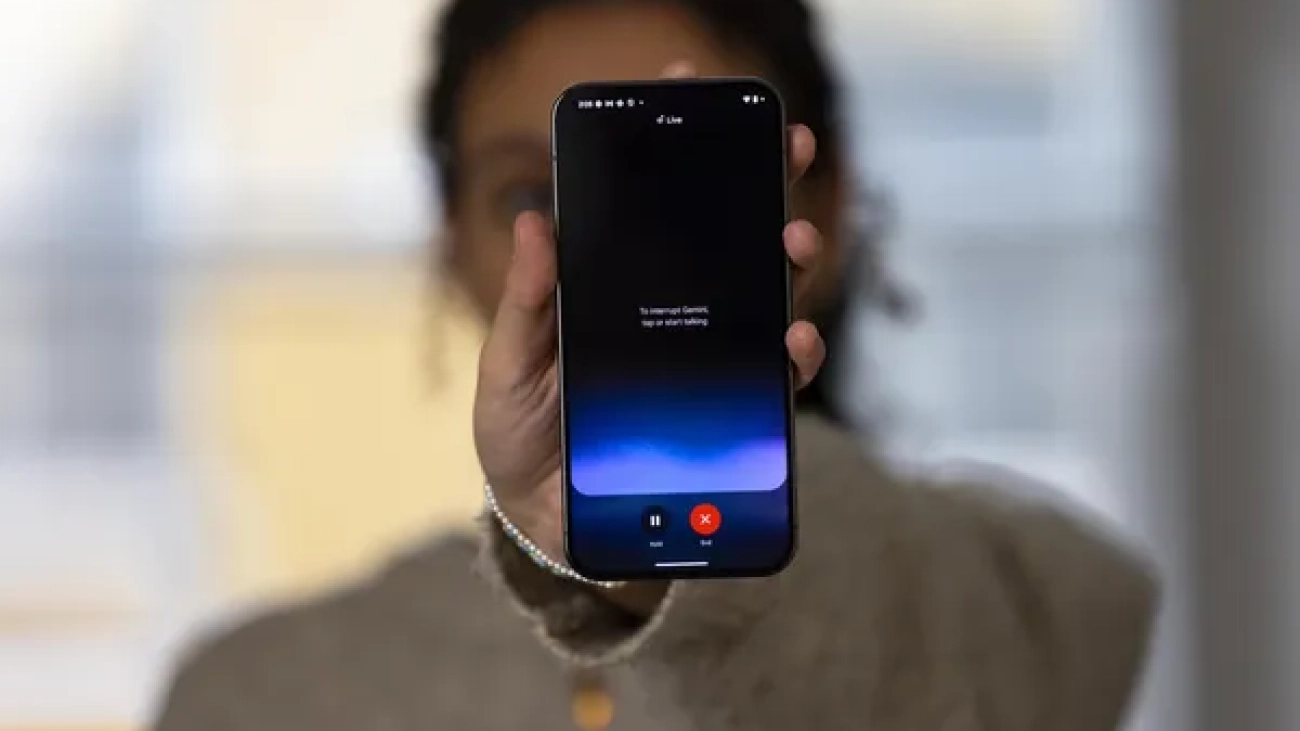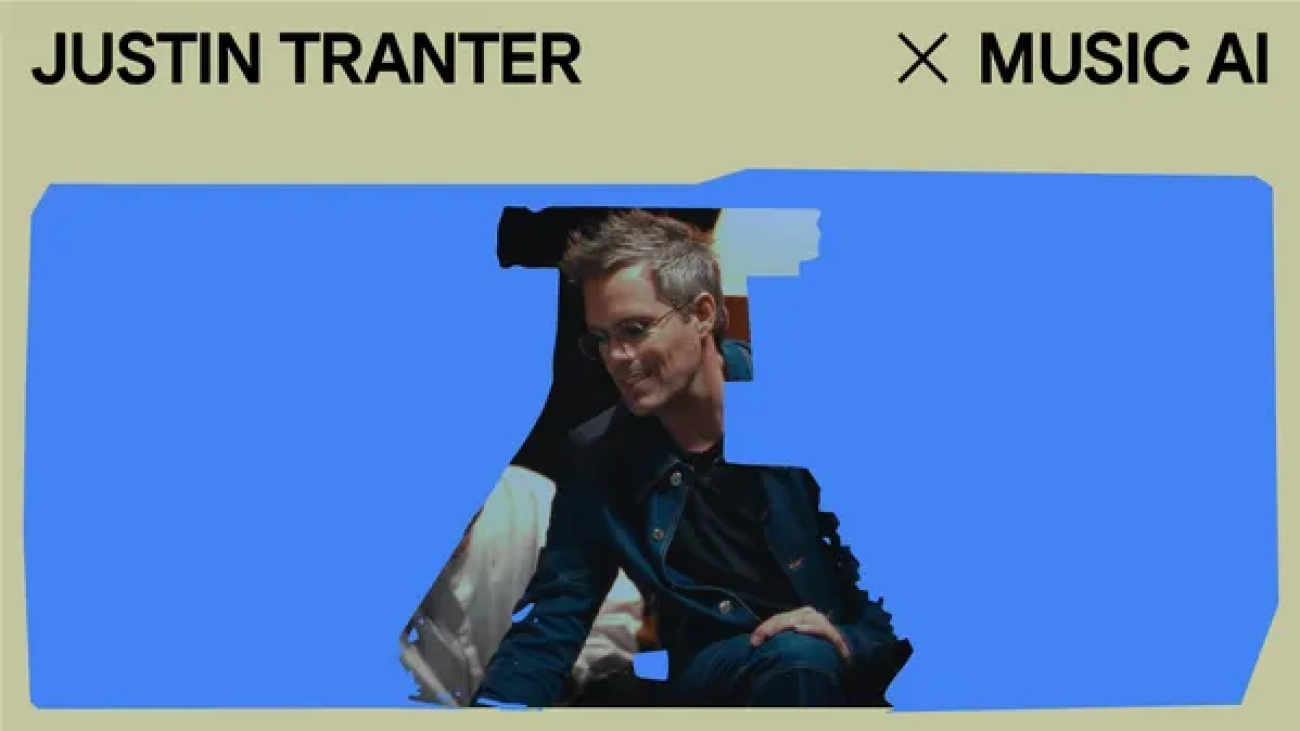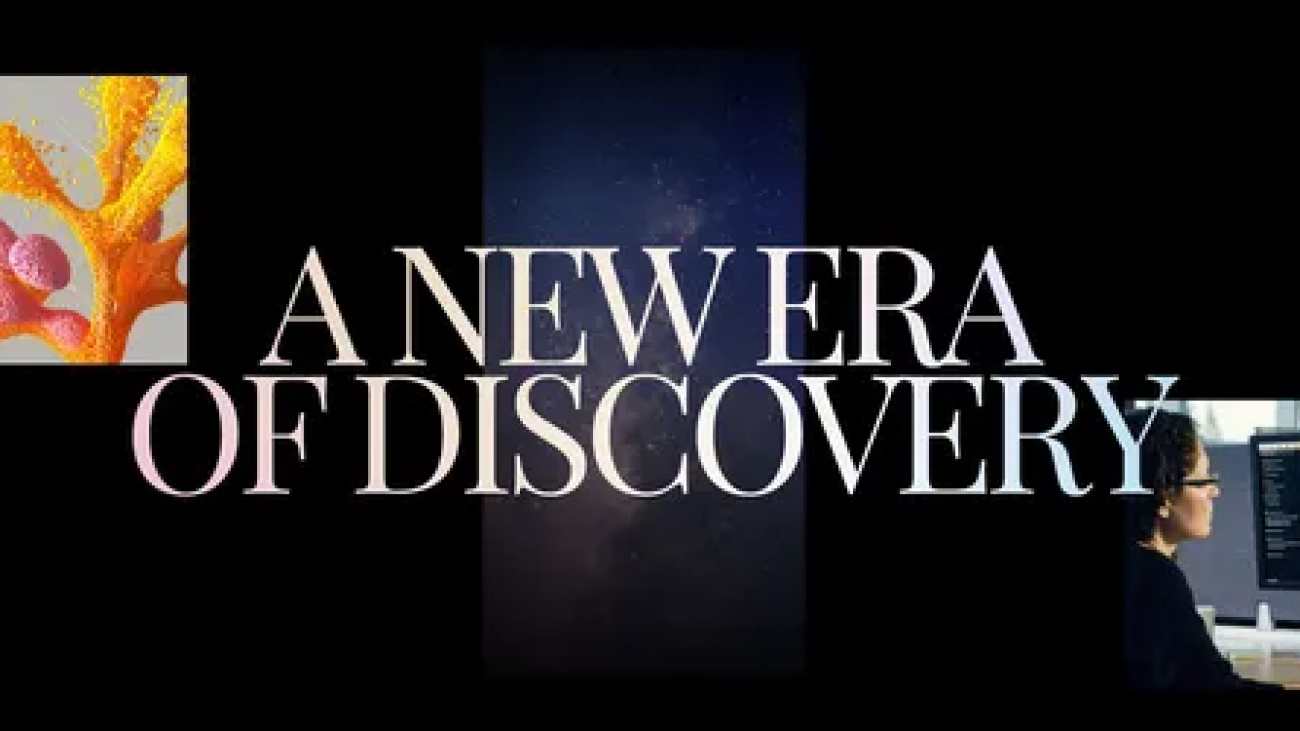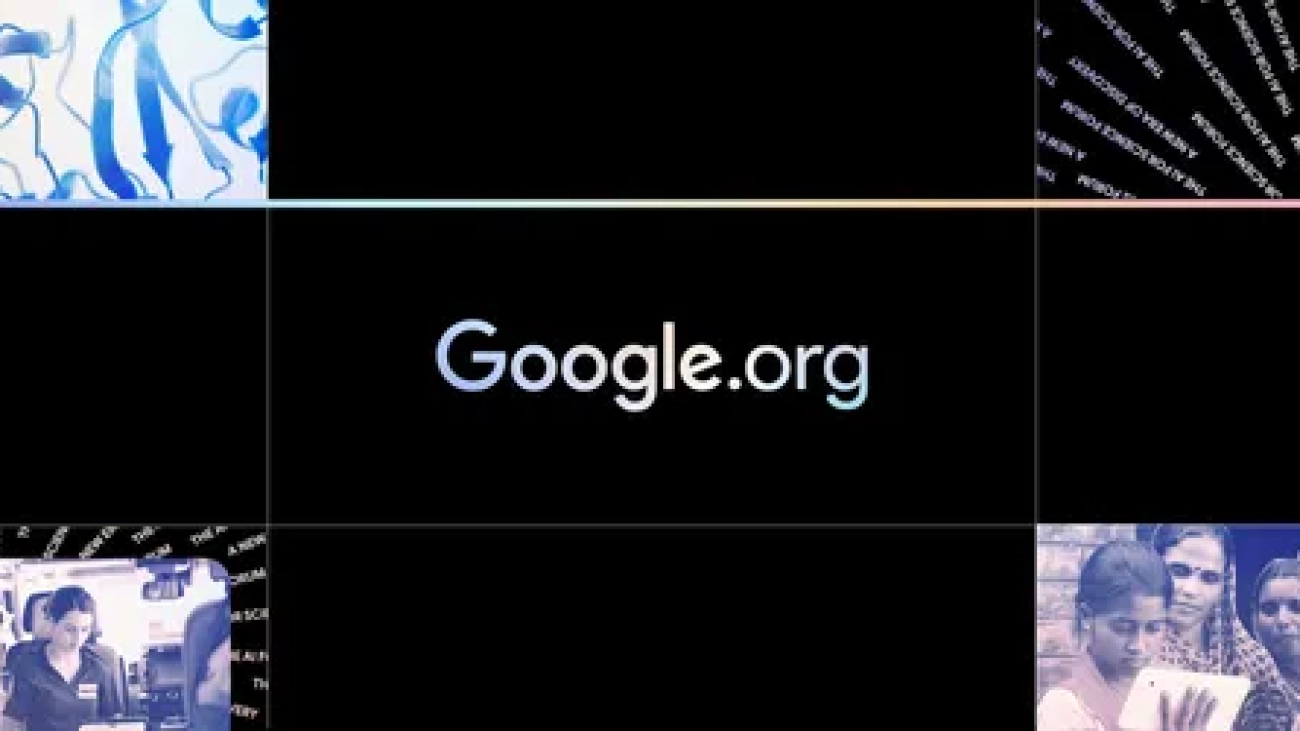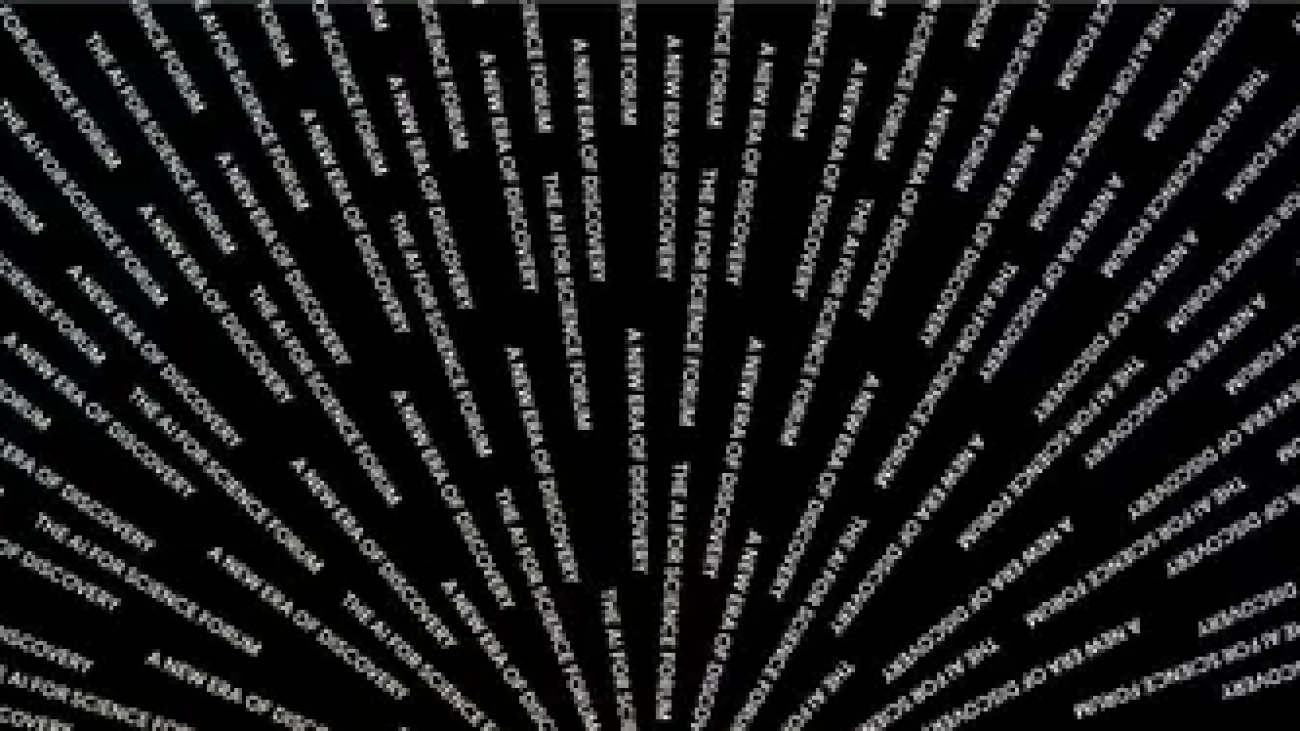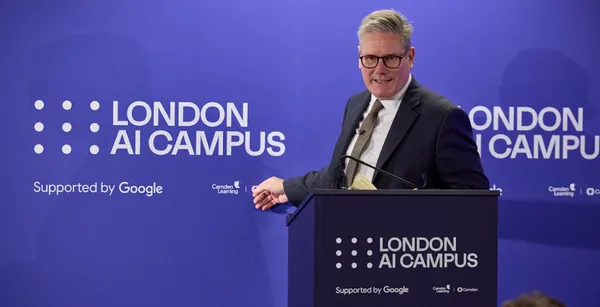 Google has launched the AI Campus in Somers Town, Camden, home to a two-year education pilot aimed to help inspire, inform, and educate local sixth form students in the …Read More
Google has launched the AI Campus in Somers Town, Camden, home to a two-year education pilot aimed to help inspire, inform, and educate local sixth form students in the …Read More
AI could be the key to unlocking a more efficient UK public sector
 New UK research commissioned by Google Cloud highlights the transformative potential of generative AI in the public sector.Read More
New UK research commissioned by Google Cloud highlights the transformative potential of generative AI in the public sector.Read More
5 ways to explore chess during the 2024 World Chess Championship
 From Google Arts & Culture to GenChess, discover new ways to experience chess with AI and explore the history of this timeless game.Read More
From Google Arts & Culture to GenChess, discover new ways to experience chess with AI and explore the history of this timeless game.Read More
Announcing recipients of the Google.org AI Opportunity Fund: Europe
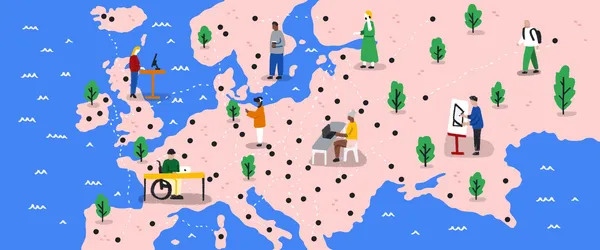 Google.org announced the 80 organizations that will receive funding and support from the AI Opportunity Fund: Europe to help 20,000 people learn AI skills.Read More
Google.org announced the 80 organizations that will receive funding and support from the AI Opportunity Fund: Europe to help 20,000 people learn AI skills.Read More
8 impressions from co-creating the sounds of the future
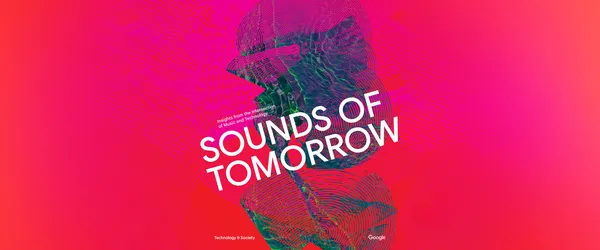 Google is releasing a report on music AI technology insights from co-creation sessions with artists, musicians and producers.Read More
Google is releasing a report on music AI technology insights from co-creation sessions with artists, musicians and producers.Read More
5 ways Gemini Live can make your workday easier
 Whether you need help perfecting a presentation or practising a tough talk with your boss, here’s how Gemini Live can step in to help.Read More
Whether you need help perfecting a presentation or practising a tough talk with your boss, here’s how Gemini Live can step in to help.Read More
How songwriter Justin Tranter helped evolve Music AI Sandbox
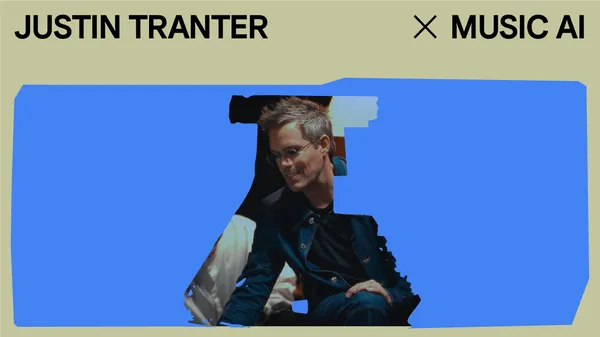 Go behind the scenes in our latest Lab Session.Read More
Go behind the scenes in our latest Lab Session.Read More
A new era of discovery
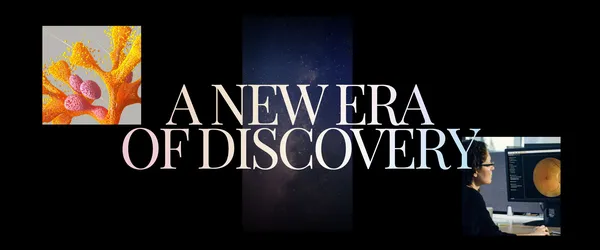 James Manyika’s opening remarks from the AI for Science Forum.Read More
James Manyika’s opening remarks from the AI for Science Forum.Read More
Google.org’s $20 million fund for AI and science
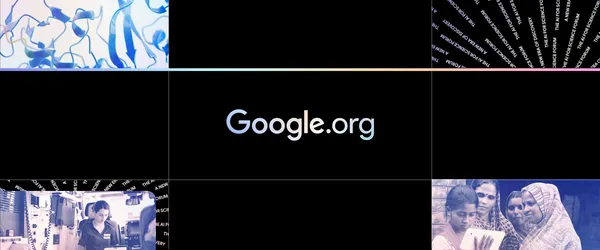 Google.org announced a $20 million commitment to support AI for scientific breakthroughs. Learn more about what the commitment entailsRead More
Google.org announced a $20 million commitment to support AI for scientific breakthroughs. Learn more about what the commitment entailsRead More
The AI for Science Forum: A new era of discovery
 Google DeepMind and the Royal Society are co-hosting the AI for Science Forum to explore how AI is rapidly accelerating science.Read More
Google DeepMind and the Royal Society are co-hosting the AI for Science Forum to explore how AI is rapidly accelerating science.Read More

